Discover the story of ‘The Scream', Edvard Munch’s iconic masterpiece, in Oslo’s modern museums. Explore its emotional intensity while uncovering Norway’s rich art scene in the heart of the country’s capital city.
Oslo, Norway’s vibrant capital, is often celebrated for its cutting-edge architecture, expansive green spaces, and rich maritime history.
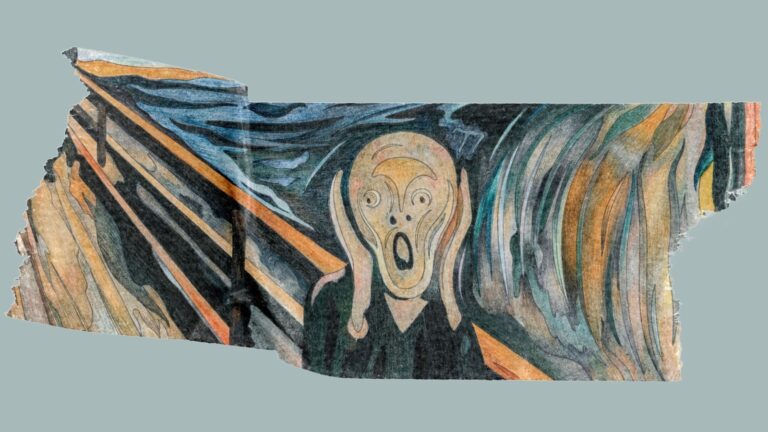
But among its many cultural gems lies a treasure that has captivated art lovers and casual viewers alike for generations—'The Scream', one of the world’s most recognizable artworks, created by the iconic Norwegian painter Edvard Munch.
For those who have seen the emotive figure with hands clasped to its face in anguish, ‘The Scream' transcends being just a painting. It has become a symbol of modern existential anxiety, an artwork that has left an indelible mark on popular culture.
The painting's influence can be felt far beyond the art world, having inspired films, literature, and even an emoji that captures its haunting intensity.
But here’s a fact many people miss: the central figure isn’t actually screaming. As Munch himself explained, the figure is recoiling from what he described as “a great scream passing through nature.”
This unique perspective is just one of the fascinating details you can discover when you visit Oslo, home to multiple versions of ‘The Scream', which are housed across two of the city's newest museums.
Let’s take a journey through Oslo’s art scene to experience the legacy of Munch and his masterpiece.
A New Home for Munch
Standing proudly on Oslo’s waterfront, the Munch Museum (known simply as Munch) is a striking architectural statement.
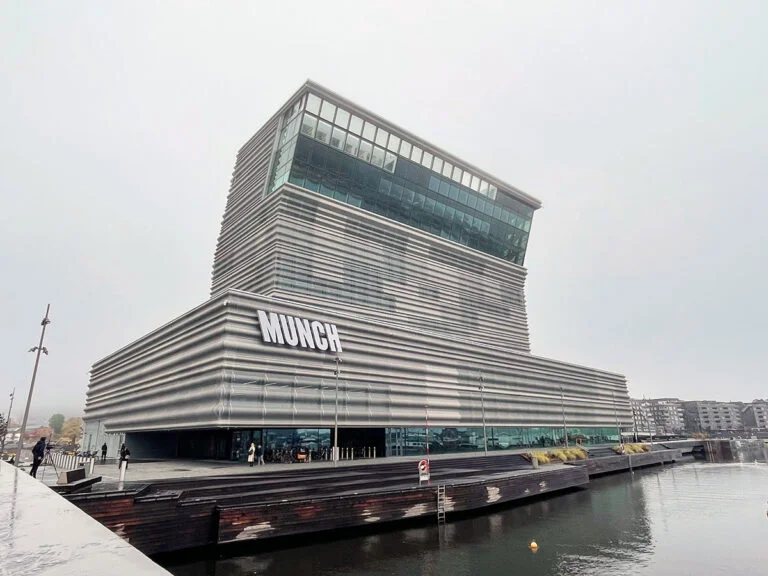
Its modern, angular design has sparked conversation, but what lies inside is even more remarkable: one of the most comprehensive collections of Munch’s work ever assembled.
This museum has become a must-visit destination for those wanting to delve into the mind of the man behind ‘The Scream'.
Spanning 13 floors, the Munch Museum offers a deeply personal exploration of the artist's world. Visitors can explore not just his paintings but also his graphic art, sculptures, photographs, and even drawings.
Munch’s art is often defined by its dark themes, touching on topics like death, love, fear, and melancholy, allowing visitors to feel the weight of his complex emotions.
Of course, for many, the main attraction is ‘The Scream'. The museum houses three versions of the artwork: a painting, a drawing, and a print.
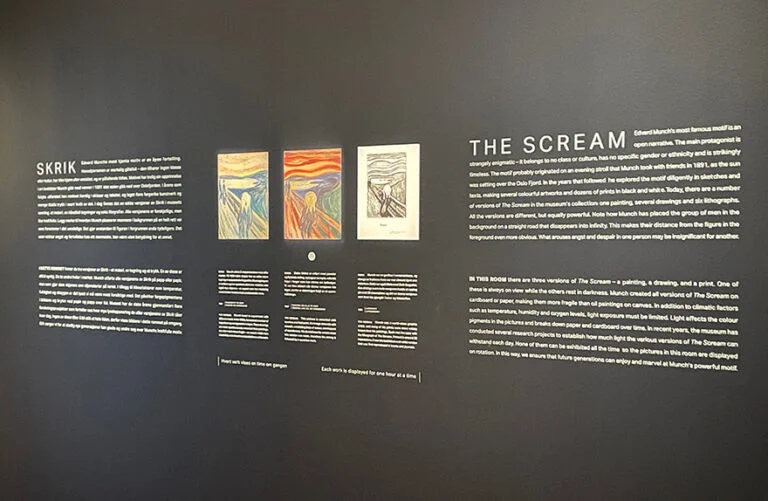
But due to the delicate nature of Munch's chosen materials—cardboard and paper—only one version can be displayed at a time.
The museum rotates them to preserve the vibrant colours and fragile materials, ensuring that future generations can still experience the power of this iconic piece.
“We conduct extensive research to determine the best conditions for exhibiting ‘The Scream'. Our goal is to maintain its integrity while sharing its emotional intensity with visitors,” explained a Munch Museum representative.
But there is much more to discover. From immersive exhibitions that explore how Munch’s work influenced other artists to displays that delve into his lesser-known pieces, the museum offers a unique opportunity to see Munch’s entire body of work in a new light.
A Grand Display at the National Museum
Just a short walk along Oslo’s evolving waterfront takes you to the recently relocated National Museum, Norway’s largest cultural institution.
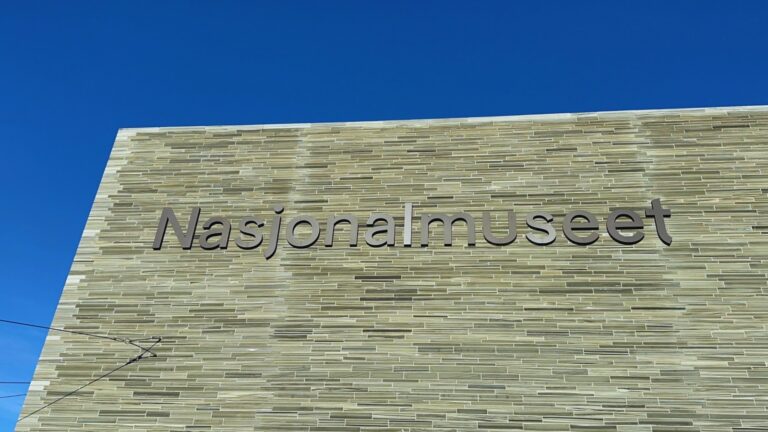
Here, Munch’s legacy is preserved in the form of another version of ‘The Scream', displayed in the museum’s spacious and beautifully curated Munch Room.
Alongside this famous work, you’ll find other significant pieces from Munch’s oeuvre, including ‘Madonna' and ‘The Dance of Life‘, all of which reveal his unique ability to convey deep emotion through striking visuals.
Yet the National Museum is not just about Munch. The museum offers a sweeping journey through Norwegian and international art, design, and architecture.
Wander through exhibitions that showcase everything from the impact of 19th-century French artists on Norwegian art to contemporary Norwegian fashion. There’s even a royal costume collection for a glimpse into the historical elegance of Norwegian society.
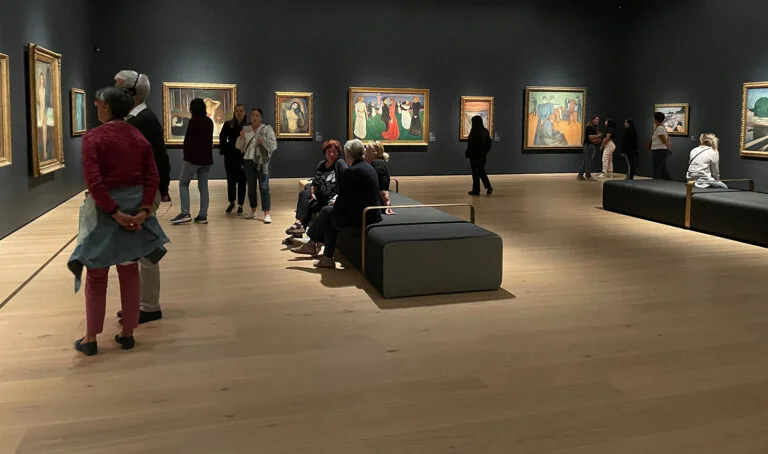
Art lovers will need to dedicate a few hours just to scratch the surface of what this enormous museum has to offer.
Beyond the Munch Room, the sheer diversity of exhibitions—from imperial porcelain to cutting-edge contemporary art—will captivate anyone with an interest in creativity.
Visit The Location of ‘The Scream'
Beyond the museums, there's another must-visit place in Oslo for ‘The Scream' tourists. Up in Ekeberg Sculpture Park, visitors are invited to recreate the iconic painting.
Here, overlooking the city and fjord, Munch felt a wave of melancholy wash over him, describing it as “a great, endless scream passing through nature.”
One of the sculpture park’s most intriguing artworks is a live performance piece from 2013, created by Serbian artist Marina Abramović.

In this piece, 270 Oslo locals unleashed their emotions in a collective scream, a moment now preserved in a film on permanent display in the park’s museum.
The platform used for the performance remains, complete with instructions for visitors to try screaming themselves if inspired. Otherwise, the sweeping view of Oslo’s evolving skyline—including the new Munch museum—is more than enough to take in.
Art in Oslo Beyond the Museums
If you’ve come to Oslo to marvel at ‘The Scream', be sure to broaden your itinerary to take in some of the city’s other exceptional artistic experiences.
Start with the majestic Vigeland Park, a unique outdoor sculpture installation by Gustav Vigeland. The park features over 200 sculptures depicting the human experience, from life to death. These world-famous sculptures, set within serene parklands, offer an unmissable encounter with Norwegian creativity.
From there, take a short detour to the Oslo City Museum, nestled within the same park, where you can discover more about the city’s history through its art collections.
Or, venture to the lesser-known Emanuel Vigeland Museum, where a mausoleum with hauntingly beautiful murals provides an otherworldly art experience in a completely different tone.
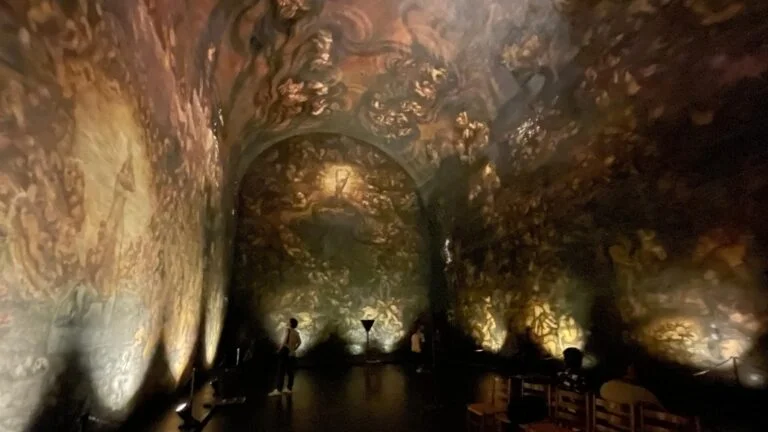
No art lover should miss the Astrup Fearnley Museum, another striking piece of modern architecture on Oslo’s waterfront.
Here, you can explore an impressive collection of international contemporary art, a perfect counterpoint to the more historical pieces displayed in Oslo’s other museums.
Oslo: An Artistic Hub Worth Visiting
Whether you’re an art aficionado or someone drawn to the emotional intensity of ‘The Scream', Oslo offers an unparalleled opportunity to dive into the work of Edvard Munch.
Between the cutting-edge Munch Museum and the grand halls of the National Museum, you’ll be able to explore the depth and breadth of his creations in an unforgettable setting.
Yet the experience doesn’t end with Munch. Oslo’s dynamic art scene, steeped in history but always looking forward, ensures that every visit to the city offers something new and inspiring.
Whether you’re drawn by the modern masterpieces of the Astrup Fearnley or the timeless beauty of Vigeland’s sculptures, Oslo will leave you more connected to the powerful emotions that art can evoke.
So next time you’re in Norway’s capital, make sure you immerse yourself in the artistic treasures that define this city. You won’t be disappointed.

